Tips to help your children stop worrying
Together, you and your child could try drawing their worry – be as expressive as you like – a big old scribble is a good start! The worry is now stuck to the page and you can scrunch it up and put it in the bin.
Tip #1: Draw your worry
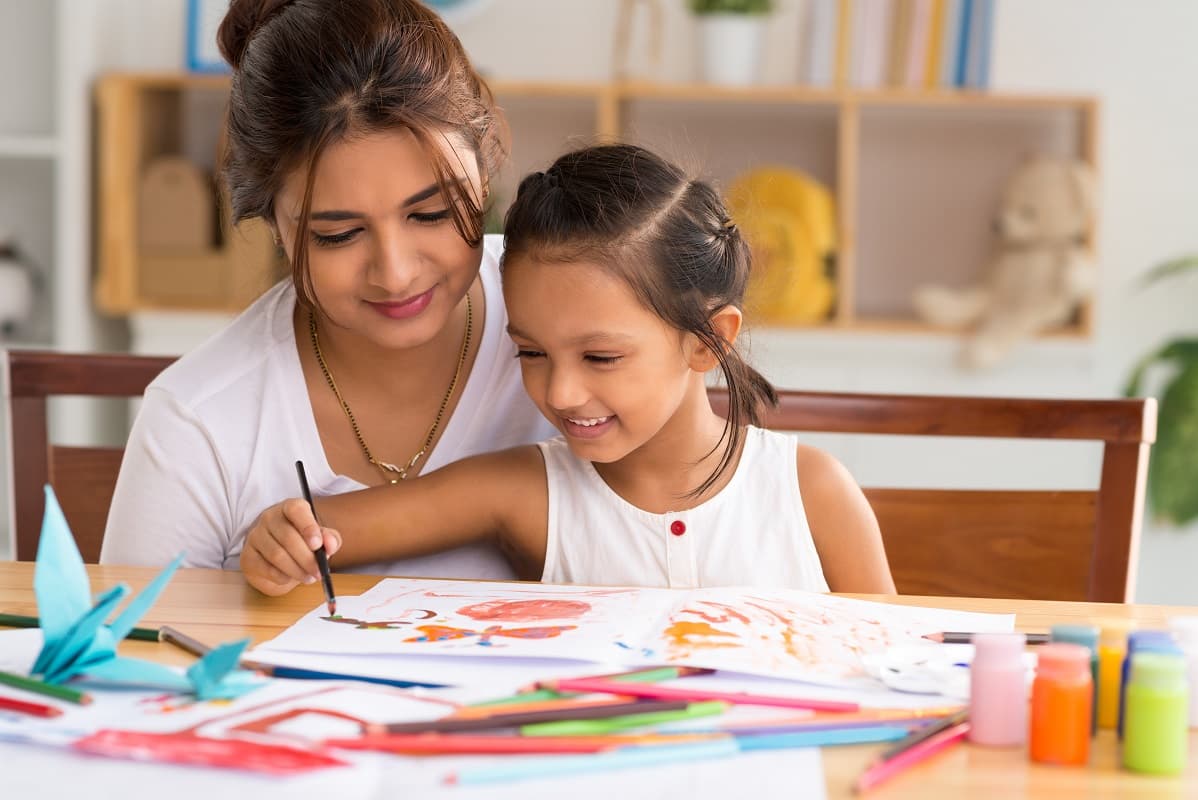
Together, you and your child could try drawing their worry – be as expressive as you like – a big old scribble is a good start! The worry is now stuck to the page and you can scrunch it up and put it in the bin.
Tip #2: In your happy place
Ask your child to think of their favourite place and describe it to you. What can they see, hear, touch, smell and taste? How do they feel?
Tip #3: Deep breaths
Taking deep breaths sounds like an obvious way to relax – but it works! Get your child to hold out their hand and then trace round each finger with the first finger of the other hand, breathing in and out deeply as they trace up and down the fingers and thumb.
Or you could try drawing a simple picture of a flower, and get your child to trace slowly round each petal with their finger, breathing in and out as they do.
Tip #4: Get musical
Listening to their favourite music is a great way for kids to relax and feeling better. If they play an instrument, encourage them to practise – this will also take their mind off things.
Tip #5: Lazy cat
If your child’s feeling a bit tense, this exercise can help them relax their muscles. Get them to pretend they’re a lazy cat that’s just woken up from a lovely long nap. Ask them to have a big yawn, maybe meow a bit, and then stretch out their arms, legs and back, just like a cat.
This pdf has more ideas for helping children relax like a cat, and you can find more relaxation exercises like this on the Save the Children website.
Tip #6: Doodling and colouring in
Did you know doodling and colouring in can help you relax? Messing about with pens and crayons gives your brain a rest, and can also spark creativity. So you might want to try this one together! You can find more ideas like this on the CBeebies website.
Tip #7: Make a calming glitter jar
Glitter jars are fun for kids, but they also help them focus and pay attention to what they see and how they feel. All you need to make one is a clean, empty jar, some biodegradable glitter and some water. Then simply fill the jar with water and add the glitter.
When your child shakes the jar, talk to them about how the glitter is swirling around just like the thoughts in their head when they’re upset. Then ask them to focus on the glitter as it settles – this will help their thoughts to feel more settled too.
You can find more ideas like this in Children’s Health Scotland’s activity book.
Tip #8: Random acts of kindness
One way to help your child feel better about themselves is to encourage them to do something kind for someone else. This could be anything that raises a smile, for example:
- sending a cheerful homemade card to a friend or relative who may be lonely
- making cute vouchers that can be exchanged for hugs and giving them to family members
- making a ‘kindness stone’ and leaving it where someone will find it – you can find out how on page 18 of the Children’s Health Scotland’s activity book.
More resources to help support your child’s mental health
- These activity cards from Play Scotland have lots of ideas for helping children learn to relax, express themselves and explore their emotions, practise listening and problem solving and use their imaginations.
- This self-care kit from the NHS has lots of ideas and activities for children, including mindful colouring, laughing out loud, breathing exercises, an emotional check-in, ways to express thoughts, a self soothe box and more creative activities. It was created during the pandemic but has lots of tips that apply more generally.
 Activities & Play
Activities & Play Behaviour
Behaviour Childcare
Childcare Development & Growing Up
Development & Growing Up Family, Friends & Relationships
Family, Friends & Relationships Feeding Your Baby
Feeding Your Baby Food & Eating
Food & Eating Health & Safety
Health & Safety Mental Health & Wellbeing
Mental Health & Wellbeing Money & Work
Money & Work Online Behaviour & Safety
Online Behaviour & Safety Pregnancy & First Days
Pregnancy & First Days School & Education
School & Education Sleep
Sleep

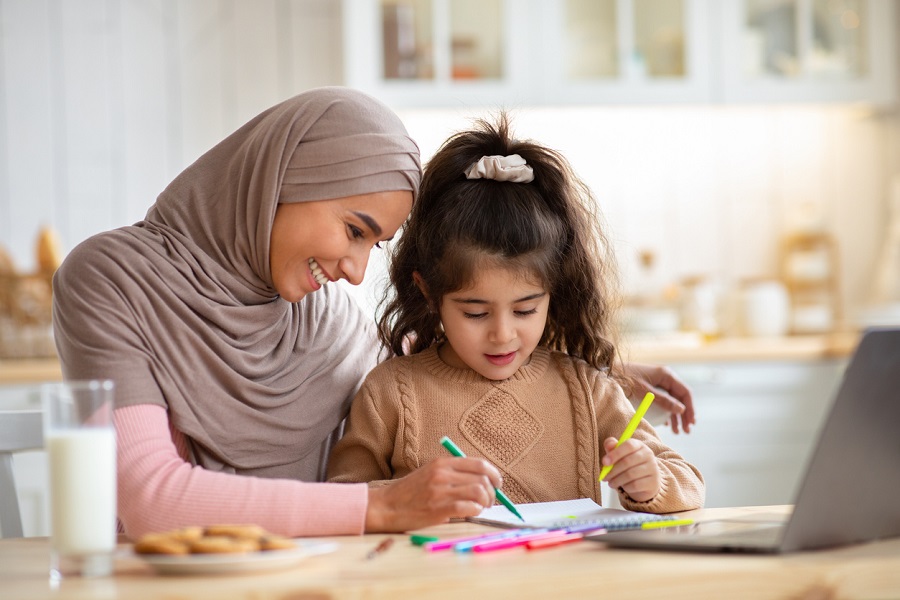
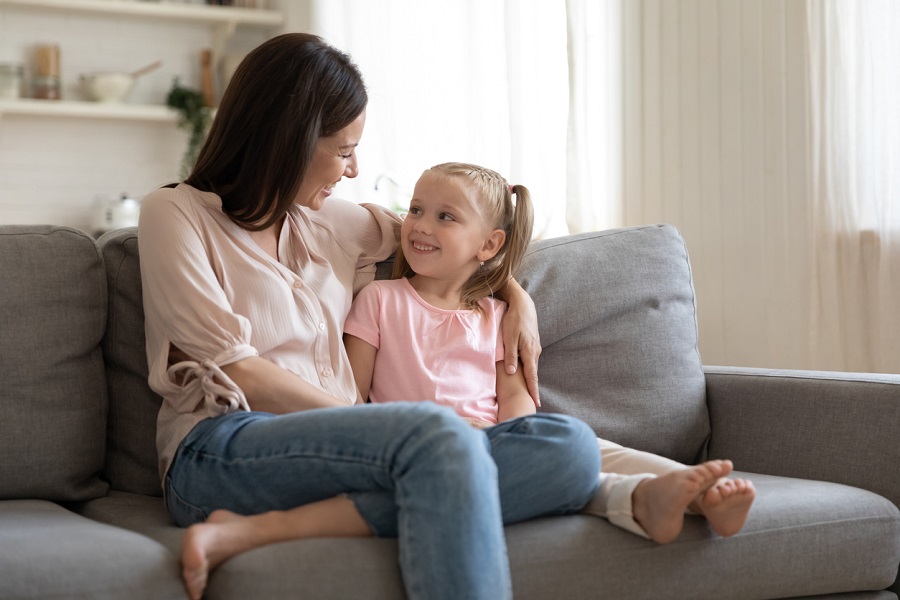
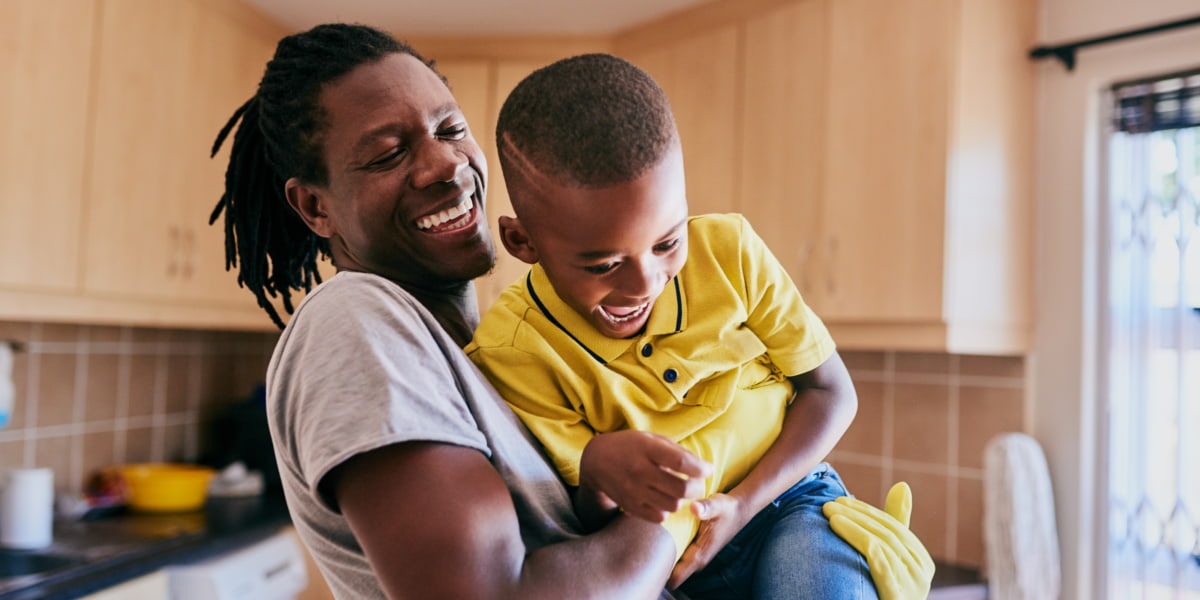
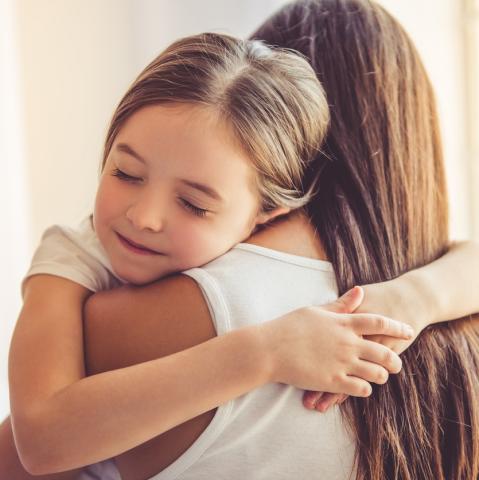
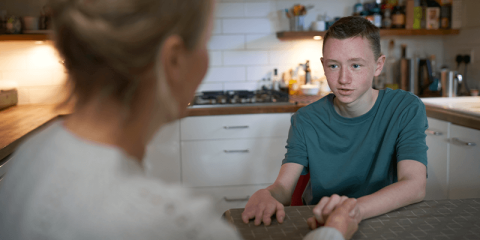

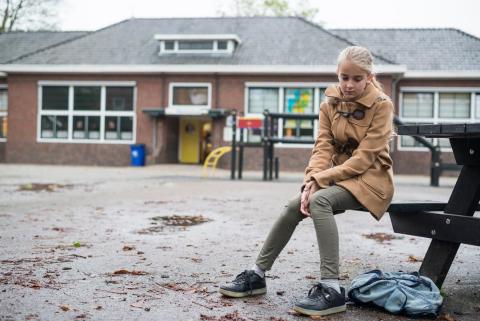
 Behaviour
Behaviour
 Sleep
Sleep